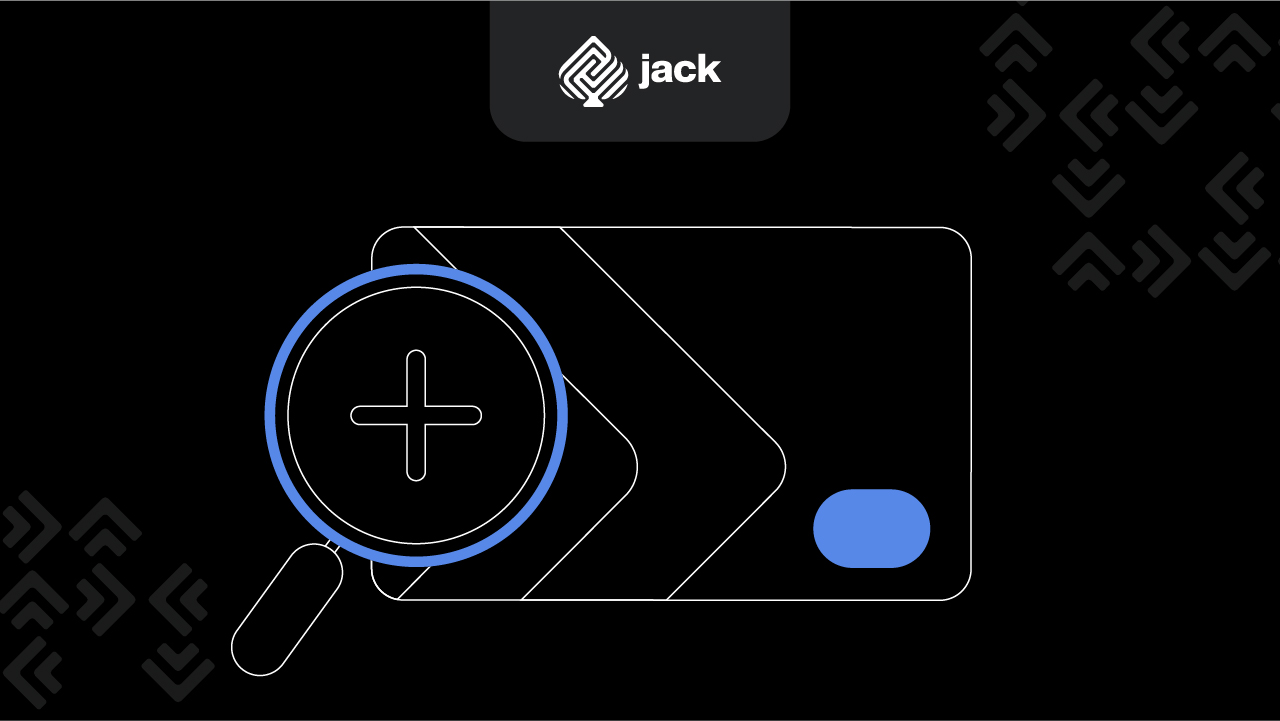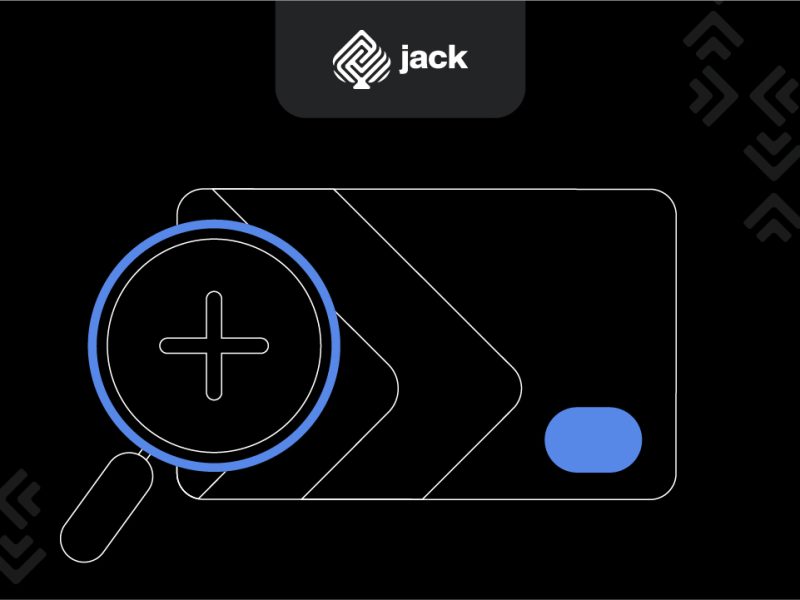In the business world, business debt often becomes an integral part of a company’s financial strategy. For many business owners and entrepreneurs, leveraging this can help expand operations, finance projects, or acquire the necessary working capital.
However, managing business debt wisely is a crucial step, as uncontrolled debt can become a heavy burden for the company. This article provides a comprehensive guide on this aspect in business, including its definition, types, benefits, risks, and management strategies.
Definition of Business Debt

Business debt is a commonly used form of financing in the business world, where a company borrows funds from various parties to support operations, expansion, or business projects. Business debt includes financial obligations that must be repaid within a specified period, often with interest or additional fees.
Objectives of Business Debt
Business debt serves several main objectives in business, including:
Working Capital
One of the primary purposes of business debt is to meet working capital needs. Working capital is required to support the day-to-day operations of the company, such as paying salaries, purchasing raw materials, and other routine expenses.
Business Expansion
Business debt can be used as a source of financing to develop the business. For example, if a company wants to open a new branch, expand its product line, or enter a new market, they may need to take on debt to support these initiatives.
Project Financing
Special projects often require additional funds. Business debt can be used to finance the construction of new facilities, research and development of products, or other projects that have the potential to generate a return on investment.
Business Rescue
In emergency situations or when a company faces financial difficulties, business debt can be a lifeline. It can help the company continue operations and seek long-term solutions.
Types of Business Debt
Bank Debt
Bank debt is the most common form of business debt. Companies borrow funds from banks or similar financial institutions. This can take the form of short-term loans, long-term loans, or credit facilities. The interest rates and repayment terms can vary based on the agreement between the company and the bank.
Bonds
Bonds are debt securities issued by a company and sold to investors. Companies issue bonds with a promise to repay the principal debt and interest within a specified period. Bonds are usually used to raise funds on a larger scale and have a more structured payment format.
Debt from Creditors
Debt from creditors is a more personal form of debt compared to borrowing from financial institutions. Creditors can be individuals, suppliers, or other parties that provide loans to the company. Debt agreements with creditors may be more flexible but need to be well-managed.
Venture Debt
Venture debt is a financing source commonly used by startups or companies looking to develop new products or innovations. Typically, venture capital investment involves external parties providing funds in the form of equity or shares in the company.
Trade Debt

Trade debt arises from the purchase of goods or services from suppliers. This is a common form of debt in business and usually has a specific payment period. Effective management of trade debt is crucial for maintaining good relationships with suppliers.
Revolving Debt
Revolving debt is a type of debt that provides flexibility in reusing repaid funds. After repaying this debt, a company can borrow again up to a certain limit without going through the reapplication process.
Unsecured Debt
Unsecured debt is business debt not secured by specific assets or collateral. If the company fails to repay this debt, creditors can rely on the company’s ability to pay based on its operational results.
Secured Debt
Secured debt is debt backed by assets or collateral. If the company fails to pay, creditors have rights to those assets as security.
Convertible Debt
Convertible debt can be converted into company shares under specific circumstances. This is a way to combine elements of debt and equity in one financial instrument.
Subordinated Debt
Subordinated debt is debt with lower priority compared to other debts regarding repayment. In bankruptcy situations, subordinated debt is paid after other debts are satisfied.
In managing business debt, it is crucial to understand the types of debt that align with the company’s needs and financial capabilities. Smart policies in debt management will help the company achieve its goals without compromising financial stability.
Wise Business Debt Management
Managing business debt wisely is the key to success in business. Here are some strategies that can help companies in managing this aspect effectively:
Clear Financial Plan
Companies should have a clear financial plan that includes the use of funds from business debt. This plan should consider how and when the debt will be repaid.
Choosing the Right Type of Debt

The selection of the type of debt should be based on business goals and the company’s ability to repay. Avoid choosing high-interest debt if the company cannot afford the interest payments.
Careful Financial Monitoring
Careful financial monitoring is crucial. Companies should have a robust financial reporting system to manage debt effectively.
Diversification of Funding Sources
It is unwise to rely too heavily on a single source of debt. Diversifying funding sources helps reduce the risk of dependence on a single creditor or financial institution.
Using Debt for Productive Investments
Ensure that business debt is used for investments that can generate sufficient returns to repay the debt. This will help the company leverage debt effectively.
Compliance with Debt Agreements
Companies should always comply with agreed-upon debt agreements. This includes making interest and principal debt payments on time and adhering to all agreement terms.
Periodic Debt Review
Periodically review the debt portfolio and consider refinancing if necessary. Refinancing can help the company secure better interest rates or longer payment terms.
Use Jack for your business needs
With a good understanding of the types of business debt, its purposes, and management strategies, companies can use this as an effective tool to achieve business success.






